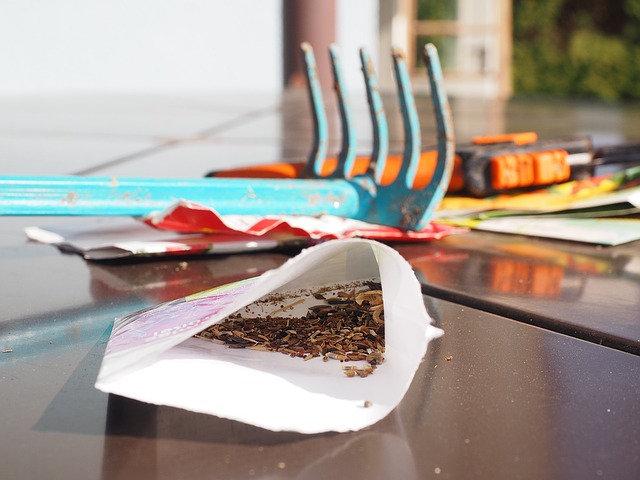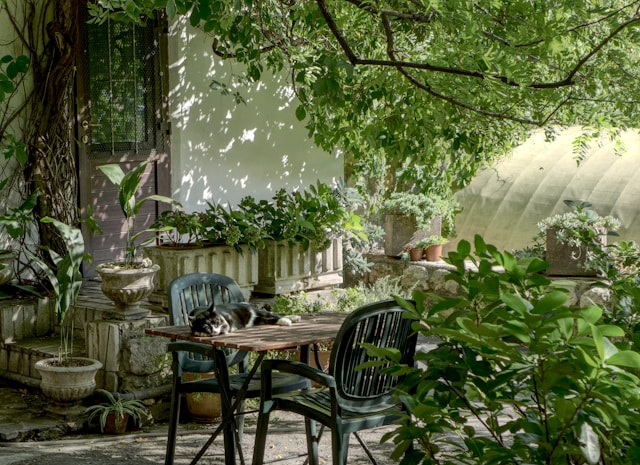A Healthy start when sowing seeds is foremost on every gardener’s mind right now. Everyone wants to do the right thing to ensure a bountiful garden this spring.
Many new gardeners and those unfamiliar with organic gardening methods are faced with a lot of decisions and choices to make.
A couple of the most frequently asked questions are what is the best potting mix to use when starting seeds and what to do when problems occur.
The most common problem that occurs are soil born diseases. Especially during the time when seedlings and young plants are waiting for their new home in your garden.
Pythium, which is a nasty fungal disease derived from the soil causes what is known as damping off. This is when your seedlings and stems turn brown and yellow and rot. Bulbs, corms and rhizomes are also susceptible to damping off. Sometimes you will have severe root and fruit rot as well.
While I could go into a whole lot of different strategies and methods for trying to fix Pythium once it has occurred, I find that preventing it from happening in the first place is the best place to start.
This is where our dirty little secret comes in handy. Since damping off is a soil born disease, the type of potting mix you use will make a tremendous difference in your plants ever contracting this disease to begin with.
First, let’s take a look at commercial and conventionally produced potting mixes. As with all processed and pre-packaged products, they must be appealing to the eye of the consumer. That is why they use dyes and chemicals, so that when you look at it you think it is really nice stuff.
Most garden lovers want to feel the soil and smell it too. Unfortunately most commercial potting mixes are treated with chemicals to kill the weed seeds and pathogens. They may also be contaminated with heavy metals and chemical fertilizers as well.
The bottom line is that conventionally made potting mixes are basically dead and sterile dirt. While conventional growers believe that it is safer to start with sterile dirt to avoid soil born diseases, I say this cannot work for an organic garden and I am not alone
Just as I have expressed many times on the importance of diversity in your garden with companion planting and beneficial habitats, the forefront of the whole garden creation is diversity in your soil.
The ultimate mixture for a potting mix should be teaming with life. Compost is the key in suppressing soil born disease. It is an amazing thing that the living organisms within the soil will eat each other. Your seedlings and young plants will have all the perfect nutrients in which to grow strong and healthy.
The best recipe for making your own potting mix is very simple to do. I first run my compost through a screen made of small rabbit wire. With my wheelbarrow tucked underneath I can catch all of the soft rich loam. I use an old children’s small plastic swimming pool to complete the mix.
Here is the recipe. 4 parts screened compost, 2 parts sphagnum peat moss (Organic), 1 part perlite and 1 part vermiculite . Be very careful when purchasing your perlite and vermiculite that it is completely organic and not saturated with chemical fertilizers. Read the packages very carefully. Chemicals would completely kill your potting mixl and leave you back where you started.
I encourage you to start a compost pile or share one with a neighbor. It can be done even if you live in a small space or apartment. My garden friend Mike Lieberman from Urban Organic Gardener, sets an excellent example of how this can be achieved.
If you must purchase your potting mixes, look for something locally that is teaming with microbes. It may be necessary to add an amendment that will help in promoting microbes. There are also some good organic fertilizers available. Read the bags carefully and don’t be afraid to ask important questions. Think Soil Diversity when you sow.
- Wild Dagga Motherwort Medicinal Herb - November 11, 2013
- Grow The Best Organic Lettuce - November 4, 2013
- Amish Hot Pepper Mustard - October 23, 2013


Compost is key to a lot of things environmental. I got an indoor kitchen composter for Christmas and I just love it!
An indoor kitchen composter? That is fantastic!!! I love the idea!! That confirms it with me, that every person should compost!! What an impact that would have !
Pamela, what do you think of the coir (coconut hull) fiber in place of the peat moss? Or moss gathered?
Hi Willamette Valley, I appreciate your suggestions very much!! Everyone should be striving to get completely away from using peat moss as it could very well be another source of lost habitat and endanger ecosystems that cannot be replaced. We have been working hard at Thyme Square Gardens experimenting with different mediums to replace it, while in making efforts to use it at a bare minimum. The key for everyone is COMPOST! Although our goal is ultimately total sustainability..we have tripled our composting efforts and have included many crops that are exclusively for building more compost. We have not experimented with coconut hulls or collected moss and might well be worth investigating indeed. Some of our other attempts, such as mushroom compost has its whole set of problems such as the extra salts in puts in the soil that we want to avoid. Thanks So Much!! 😉
Hi,
I have been composting for eons. I never use peat moss. However, I have wormed compost with coconut fiber ( coir) in small bin.
The biggest thing I do for my garden is I double dig ( no till )
Some plant roots will grow deeper than others. By double digging up to 36″ can cause roots to grow deeper & enrich in those minerals that other wise do not get used. Therefore creating a irrational further down. All my scraps from kitchen I grind then place around my plants, along with shredded news paper, leaves, and 1 year old rotted straw on top. Let mother nature take over. Brings the worms up which is awesome. I still rotate every year. I love it. Am teaching my 2 & 3 yr old great grand sons how to garden the absolute no chemical way.
Thank you & happy gardening